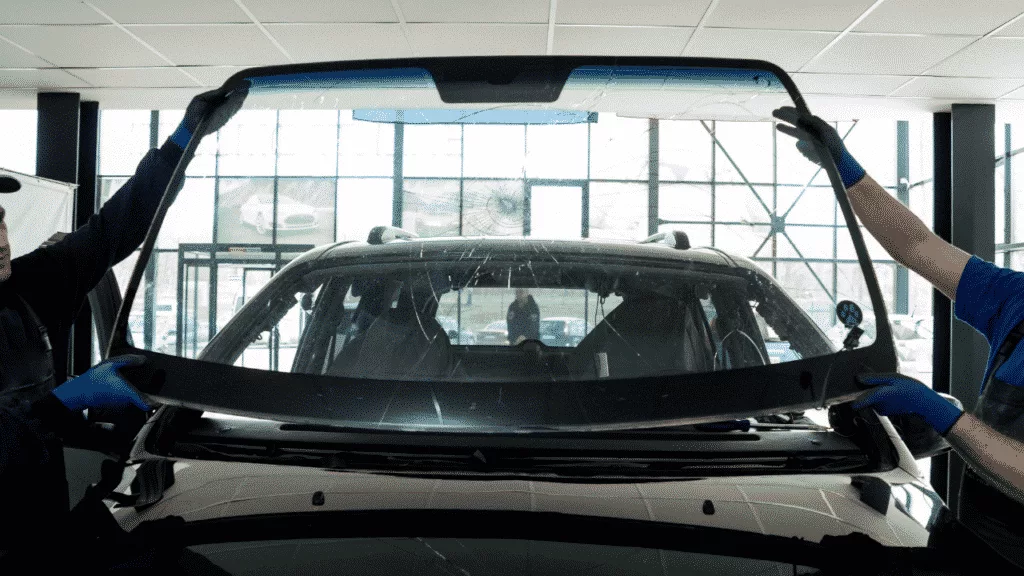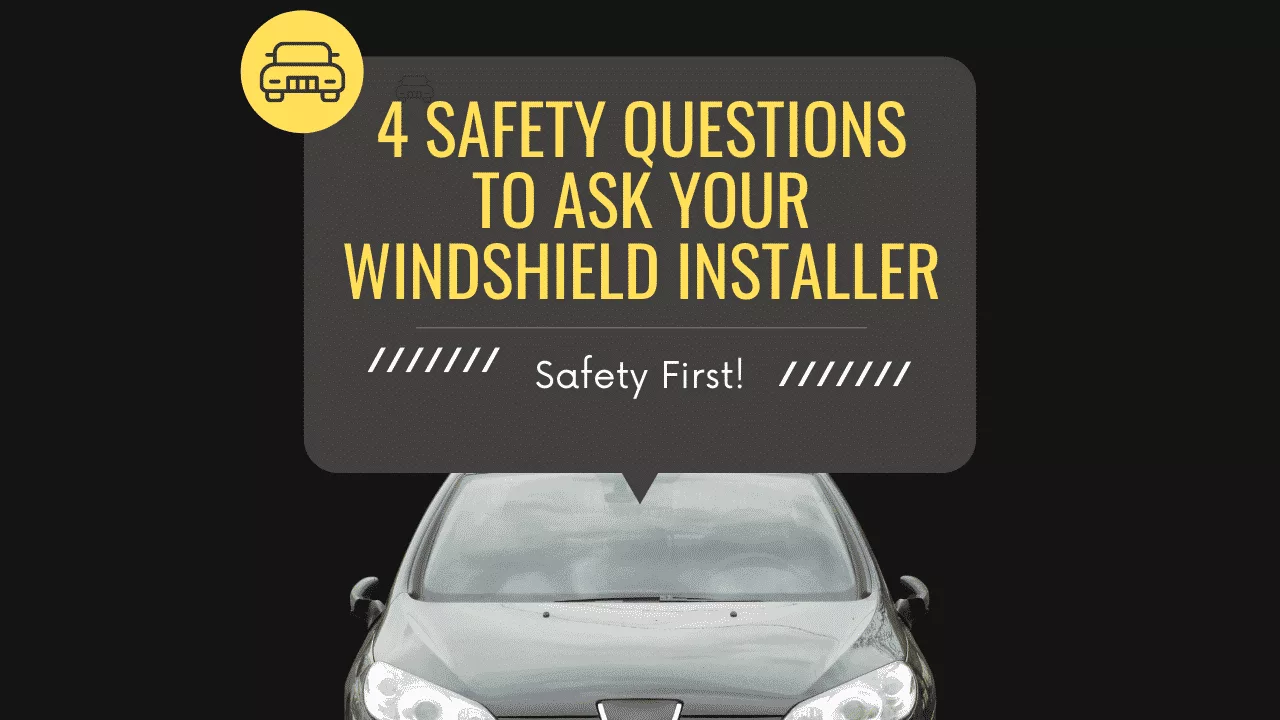
Windshields are a crucial component of any car. They protect you from the elements while driving and serve as an important safety feature by keeping you safe in case of an accident. Windshields are also essential for seeing clearly on the road, so it’s important to replace them if they become damaged or cracked. Replacing your windshield is a fairly straightforward process that can be done at home with some simple tools and techniques—but it’s still important to use caution when working with glass! Here are some tips for replacing your windshield without damaging yourself or your car:
Choose A High-Quality Replacement Windshield
When selecting a replacement windshield, it’s important to choose the right one for your car and your climate. If you live in an area where there are often heavy rains or extreme temperatures, it’s best to get a windshield that is designed for these conditions. You also want one that is designed for your driving habits—for instance, if you drive very fast on highways or freeways, you’ll need a windshield with extra durability and impact resistance.
In addition to choosing a high-quality replacement windshield, you want to choose one that is designed for your car—not all windshields are created equal. Some cars have different types of glass than others, which means your new windshield may need to be a specific shape or size in order for it to fit properly.
Check For Proper Fit
When you have your new windshield installed, make sure it fits properly.
Check for the following:
- That the wipers are clearing the glass. If they are not, then you may need to adjust them or replace them altogether.
- That there is no wind noise from around your doors or behind panels. If there is, this could mean that someone failed to take proper care during installation of the new windshield.
You also want to ensure that the glass is fitted correctly. Be careful not to get a windshield that does not fit your car or truck because this could cause problems down the road. The best way to check for proper fit is by measuring from one side of the glass at its highest point to the other side; then measure from its lowest point on either side as well. It should be clear if there are any gaps left in between.
Use The Right Adhesive
If you’re going to replace the windshield of your vehicle, it’s important that you use the right adhesive. The adhesive you choose should be compatible with both the vehicle and the weather conditions where you live.
Before you buy any adhesive, be sure to check its compatibility with the windshield and vehicle. Then, make sure it’s compatible with the climate where you live. Adhesives are often sensitive to temperature—a bad choice here can mean trouble down the line.
Let It Dry Completely
Windshield replacement is a fairly straightforward process, but there are a few key steps to keep in mind to ensure that the job goes smoothly.
Let it dry completely. The adhesive will be effective after it dries for at least 30 minutes, but you want to give yourself as much time as possible. If you’re working on a warm day and your new glass is cold when applied, the adhesive will dry faster than if everything is colder. If this isn’t an option for you (or if you’re too impatient), consider using a heat gun or even a hair dryer on low heat to speed up the drying process.
Leave it alone! Once everything has dried completely overnight (ideally), don’t touch it while driving or until your car has been stationary long enough for any residual moisture in the air inside of your car’s cabin to dissipate completely—you don’t want any condensation forming between your new windshield and its frame!
Check For Leaks And Other Issues
- Check for leaks. If the windshield has been damaged, water can leak into your vehicle. This can cause damage to the interior, electronics, and even rust on body panels.
- Check for cracks or chips in the glass. If your windshield has a crack or chip, it may be time for a replacement!
- Check for damage to the vehicle. A cracked windshield might have resulted from an impact with another object (like a rock) or from being hit by another car during an accident. If you don’t know when your car was last in an accident, be sure to check with any witnesses who were there at the time of impact. They’ll let you know if they saw anything suspicious going on before they heard any sounds of breaking glass – which could help determine whether or not this incident happened due to vandalism as opposed to something else entirely (such as weather conditions).
You Can Replace Your Own Windshields, Just Make Sure To Pay Attention To The Details Of The Process
If you’re ready to replace the windshield on your own, here are some tips for doing so:
- Make sure to use the right tool for the job. You’ll need a screwdriver and a wrench with an adjustable head.
- Decide what kind of adhesive and sealant you want to use before beginning installation. A good rule of thumb is to choose products that have been tested by experts and have positive reviews from other users.
- Clean any dirt or debris off from your current windshield before starting installation on your new windshield (and don’t forget about cleaning up after yourself!). Cleaning will make it easier for adhesives or sealants to stick properly, so if there’s any rust or grime in those parts, sand them down until they’re smooth enough as needed!
- Choose a primer/sealer appropriate for whatever surface(s) will be exposed once installed (whether metal/plastic/wood)
If you’re feeling confident, you can tackle the job yourself. Just make sure to take your time and pay attention to the details of what you’re doing. If you have any questions, don’t hesitate to ask a professional for help!
Get in touch with Emergency Windscreen to find out more about the windshield replacement options available to you!



